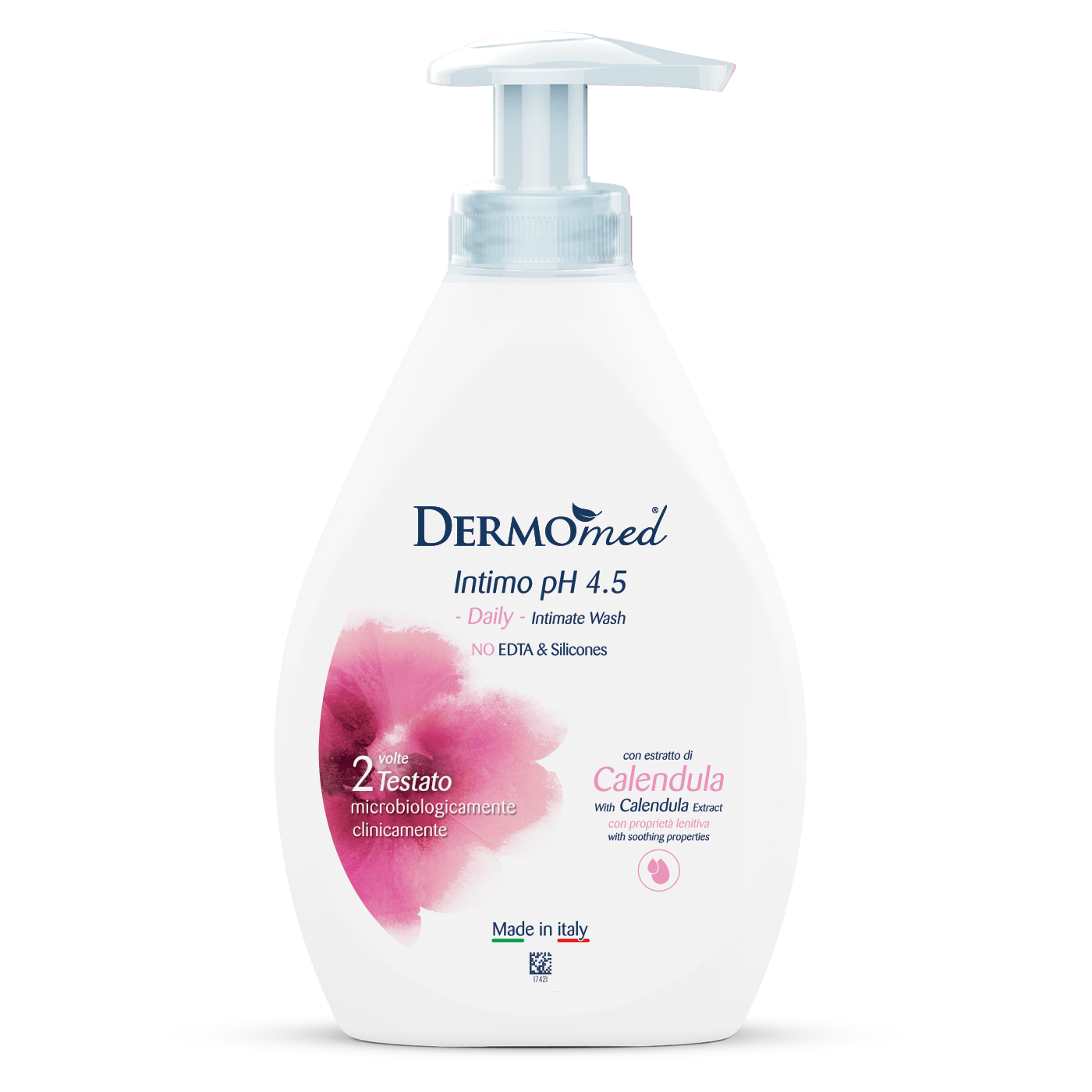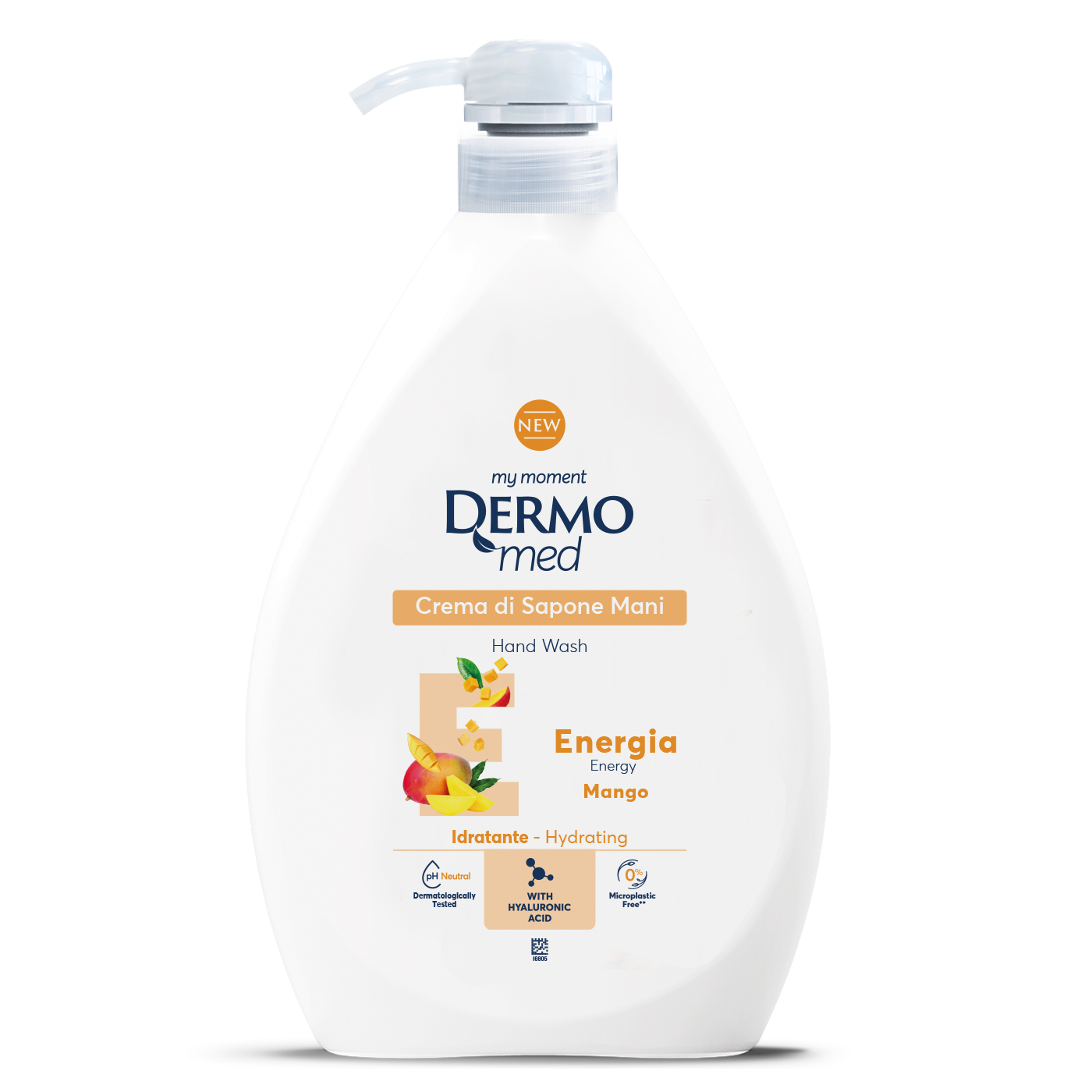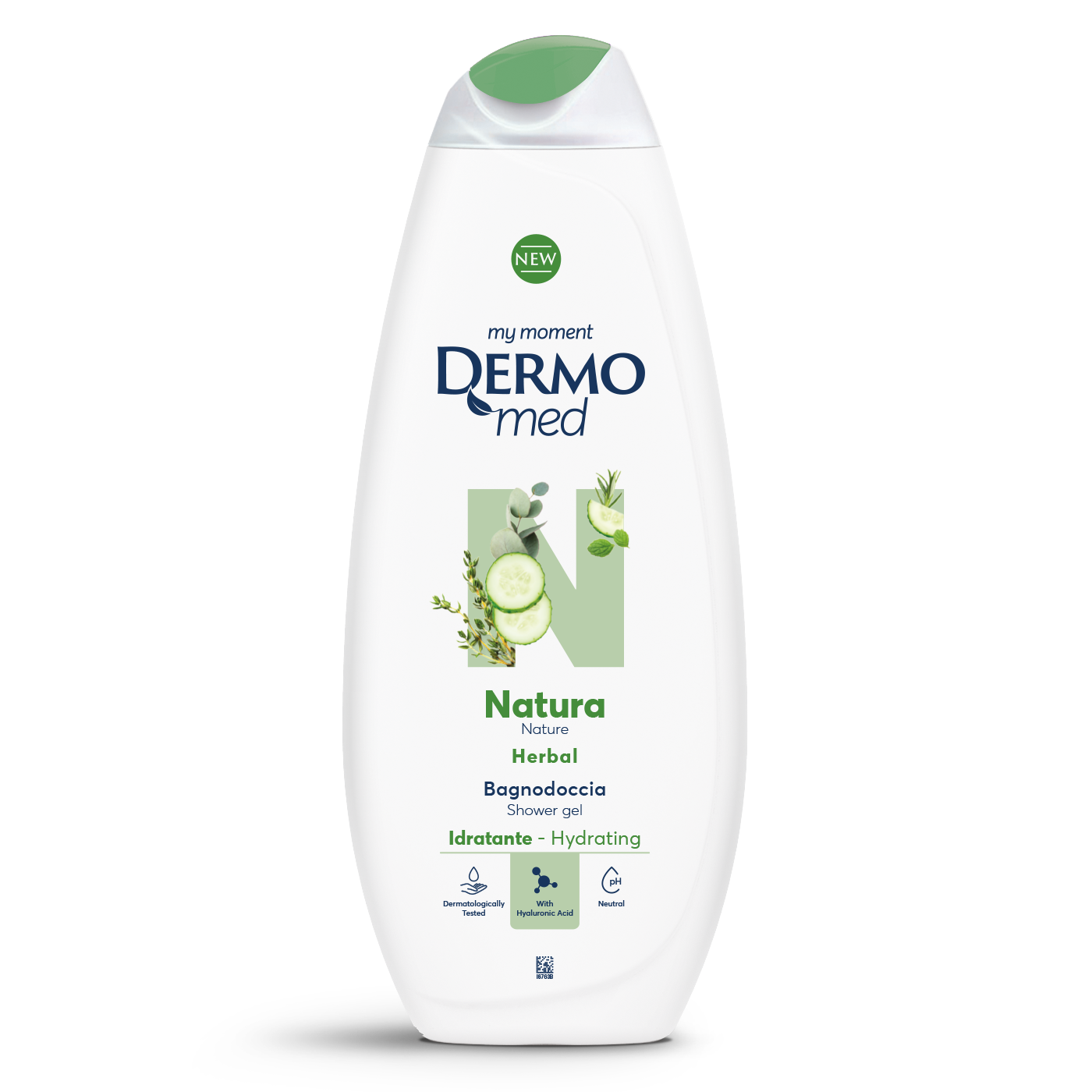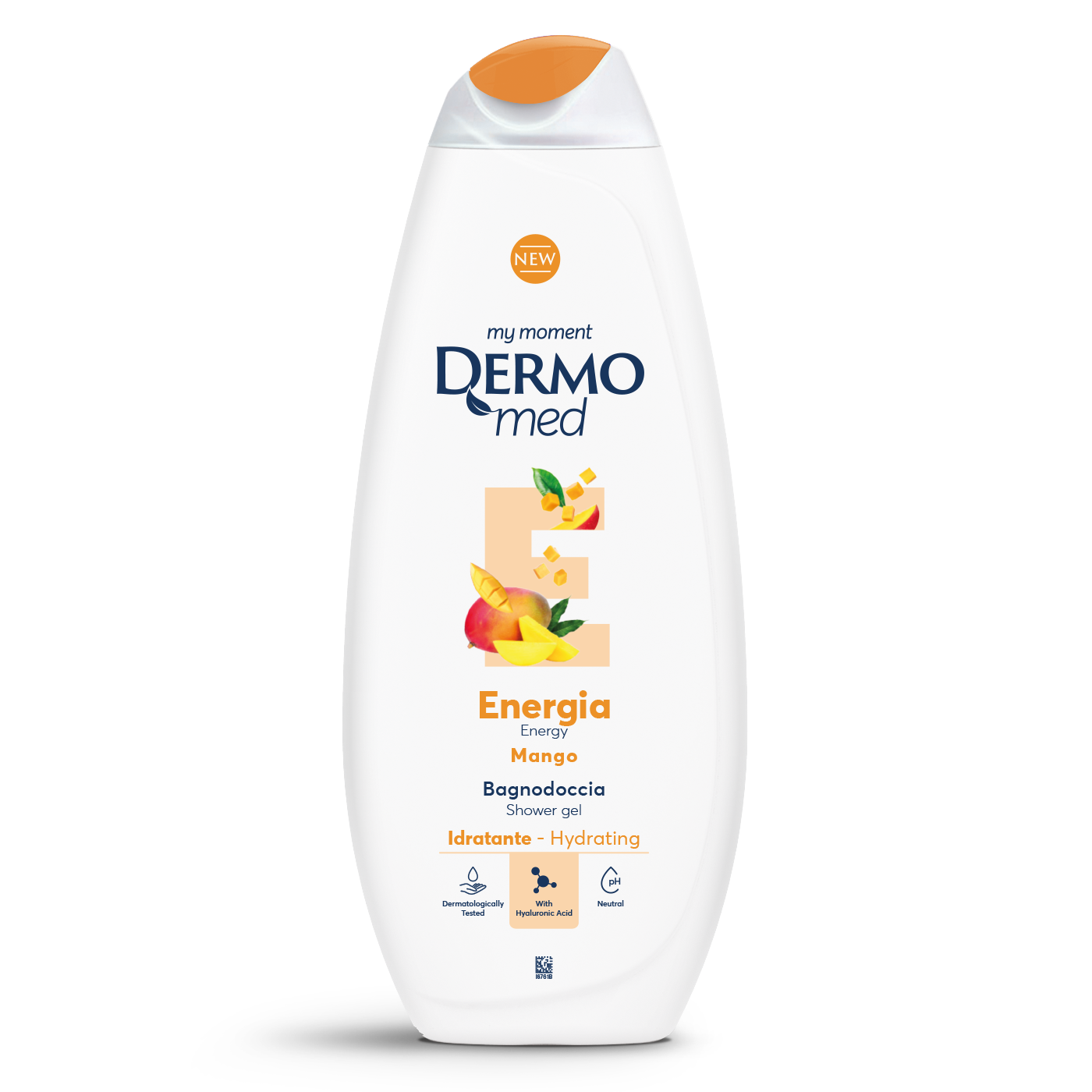IGIENE PERSONALE SOSTENIBILE
Our commitment to the Earth
Sustainability for change, responsibility as a value choice, innovation as a vocation.
Environmental responsibility
For years, Dermomed has taken up the important challenge of contributing to environmental sustainability and has been committed to achieving ever more ambitious goals, recognizing in it an opportunity for growth and change.
Social responsibility
Social responsibility is for Dermomed a commitment to guarantee the internal stakeholders’ well-being and respect. Particular attention is paid to employees, their involvement and training, ensuring talent growth and retention, as well as optimising personnel selection and training processes.
Economic responsibility
Dermomed wants to create more value for customers and consumers by reducing its footprint on the planet. Our commitment aims to provide high quality, functional, safe and efficient products that last longer and are designed to be reused or subjected to quality recycling processes.
Nel medio- lungo termine, Dermomed si impegna a contrastare le problematiche ambientali tramite l’approvvigionamento progressivo di materie prime rinnovabili, recuperate e riclicla, la riduzione progressiva delle emissioni e del consumo di energia, la gestione ottimizzata dei rifiuti, il risparmio idrico.













